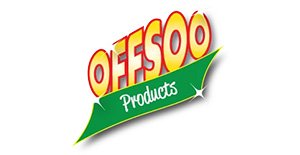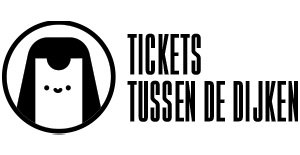In today’s fast-paced business world, where digital connections often dominate, the humble business card remains a powerful tool for making a lasting impression. While design and content are crucial aspects, the material of your business card plays an equally significant role. It’s not just about aesthetics; it’s about functionality and practicality. Let’s dive into why the material of your business card matters, using the example of white paper without coating versus heavily coated premium cards.
Functionality over flashiness
Imagine attending a networking event and striking up a promising conversation with a potential client or collaborator. You reach for your business card to exchange contact information, only to find that the glossy coating makes it impossible to write on. Frustrating, isn’t it? This scenario underscores the importance of prioritizing functionality over flashiness.
The versatility of uncoated white paper
Uncoated white paper may lack the luxurious feel of its coated counterparts, but it offers unparalleled versatility. Its porous surface readily absorbs ink, allowing you to jot down additional information such as meeting times, special notes, or personalized messages. This feature transforms your business card from a mere contact information carrier into a valuable communication tool.
Ease of personalization
Personalization is key to forging meaningful connections in business. A business card that allows for handwritten notes demonstrates sincerity and attentiveness, enhancing the recipient’s perception of you and your brand. Whether it’s a quick reminder about a follow-up meeting or a thoughtful thank-you message, the ability to customize your card on the spot can make all the difference.
Memorability and practicality
While heavily coated premium cards exude sophistication, they often sacrifice practicality for aesthetics. The slick surface may repel smudges and fingerprints, but it also prevents pen ink from adhering effectively. This limitation detracts from the card’s functionality and diminishes its potential to leave a lasting impression.
Environmental considerations
In an era increasingly concerned with sustainability, the choice of business card material also reflects your commitment to environmental responsibility. Uncoated white paper is typically more eco-friendly than its coated counterparts, as it requires fewer chemical treatments during production and is more easily recyclable.
Conclusion
When it comes to business cards, the material matters more than you might think. While premium coatings may enhance aesthetics, they often compromise functionality and practicality. In contrast, uncoated white paper offers unmatched versatility, allowing for easy customization and handwritten notes. By prioritizing functionality and considering environmental impact, you can ensure that your business card not only makes a memorable impression but also reflects your values and commitment to excellence. So, the next time you design your business card, remember: sometimes, the write choice is the best choice.




























































